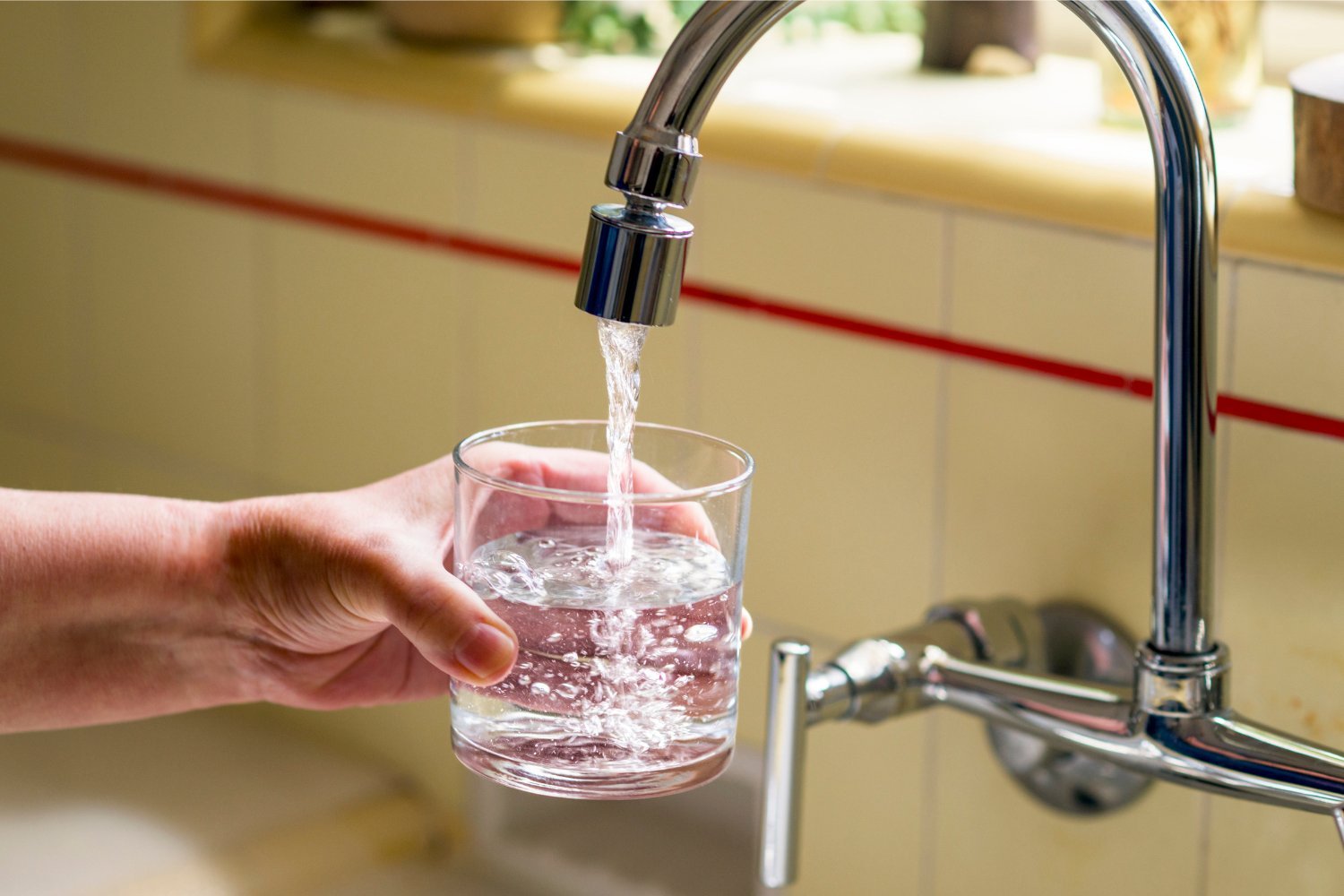Drinking Water Safety Under Scrutiny
An important tool for maintaining clean drinking water may pose a greater risk than previously thought. Recent research has uncovered a link between water chlorination and an increased risk of certain types of cancer.
New Study Reveals Alarming Findings
Scientists at the Karolinska Institute in Sweden conducted a comprehensive review of past studies examining the relationship between chlorination and cancer. Their analysis revealed that individuals exposed to the highest levels of chlorine byproducts were significantly more likely to develop bladder and colorectal cancer compared to those exposed to the lowest levels. Notably, this associated risk was observed at levels below the safety thresholds established in the United States and Europe, suggesting that current guidelines may be inadequate to protect the public.
The Role of Chlorine in Water Disinfection
Chlorine has been widely used to disinfect drinking and recreational water since the early 20th century, playing a crucial role in eradicating or reducing the spread of diseases such as typhoid fever and cholera. However, chlorine and other disinfectants also have drawbacks, including the formation of disinfectant byproducts when they mix with organic compounds in raw water. The most prominent byproducts of chlorine are trihalomethanes (THMs), which have been shown to be carcinogenic in animal studies. While past research on the link between THMs in chlorinated water and human cancer has been inconclusive, the new study provides updated insights.
Updated Meta-Analysis
The Karolinska scientists conducted a meta-analysis of 29 papers, including the latest research published last year. Although most studies focused on bladder and colorectal cancer, the analysis evaluated a total of 14 cancers. The researchers found no significant link between THM exposure and any cancer type except for bladder and colorectal cancer. However, they discovered that the highest THM levels were associated with a 33% higher risk of bladder cancer and a 15% higher risk of colorectal cancer. Importantly, this increased risk was observed at THM levels starting at 41 parts per billion (ppb), which is below the regulatory limits in the United States (80 ppb) and the European Union (100 ppb).
Research Findings and Implications
The researchers concluded that their study provides "limited-suggestive evidence" of a link between THM exposure in drinking water and an increased risk of bladder and colorectal cancer. The study’s findings, published in the journal Environmental Health Perspectives, highlight the need for further research to confirm this potential risk. While alternative technologies, such as ultraviolet light treatment, are available for disinfecting drinking water, the researchers emphasize that the current data is not sufficient to establish a cause-and-effect link between chlorination and cancer. They are calling for more high-quality studies to investigate this possible risk, but they are not advising the public to stop drinking tap water.
Call for Further Research
Lead researcher Emilie Helte expressed concern about the findings, stating, "What we see is alarming, and we need some more high-quality studies." The researchers urge the scientific community to conduct further research to confirm or refute the potential link between chlorination and cancer, ensuring the safety of drinking water for the public.
Source Link





